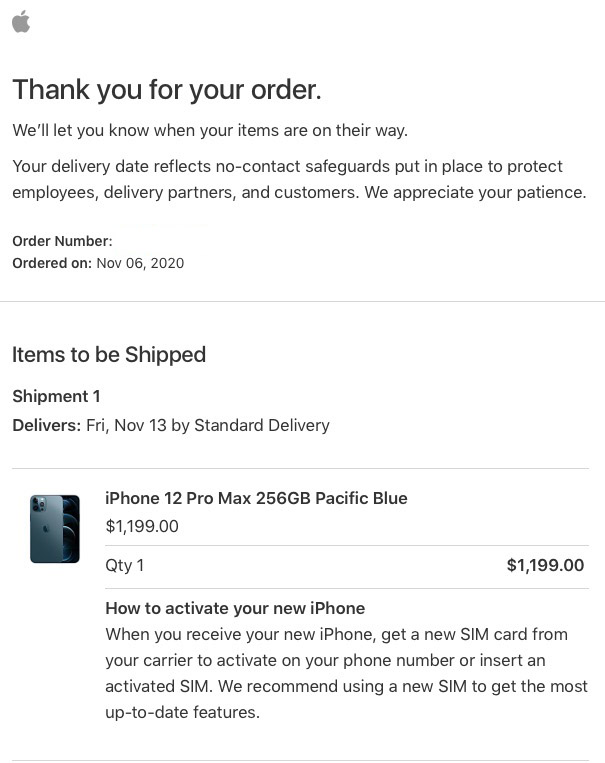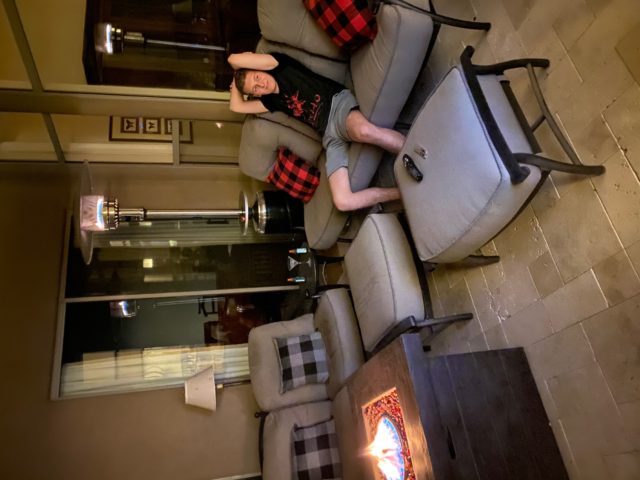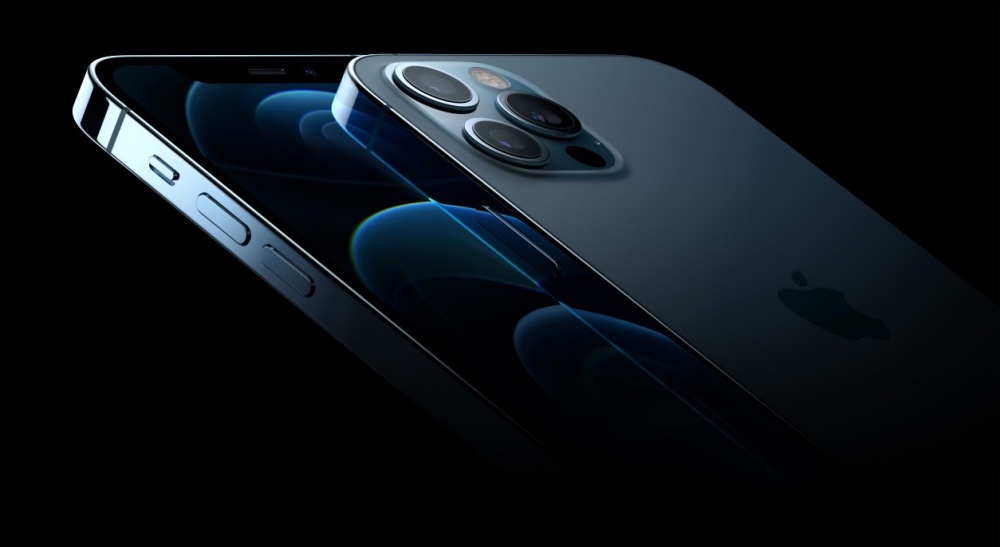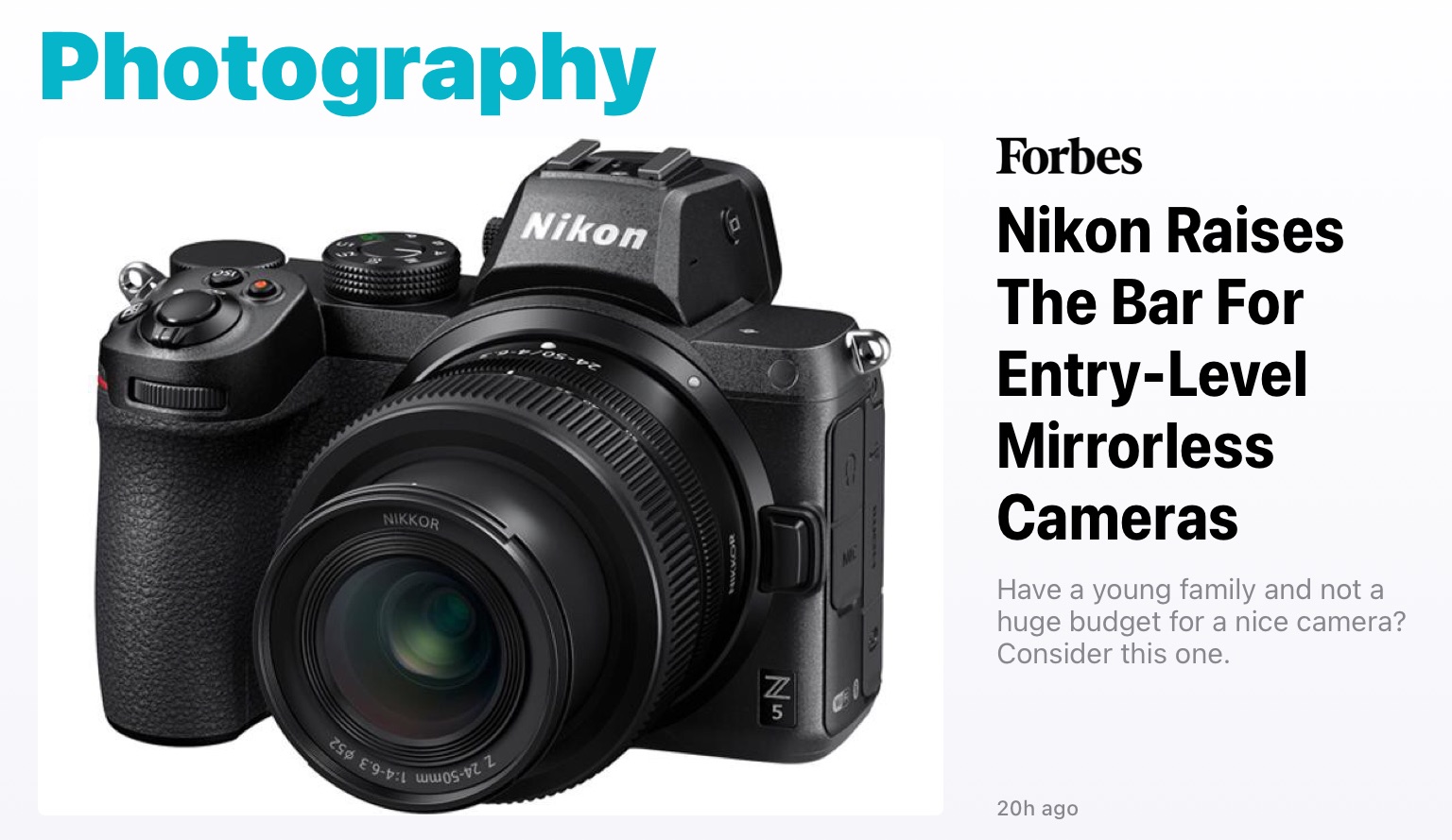The best camera in the world gets better.

I have gone with the larger Max model to experience the premium camera features not available in other versions.
It’s selling like hot cakes – as I wrote (9am MST) delivery is already up to 3 weeks distant.
The best camera in the world gets better.

I have gone with the larger Max model to experience the premium camera features not available in other versions.
It’s selling like hot cakes – as I wrote (9am MST) delivery is already up to 3 weeks distant.
Night Mode
With the nights getting colder, it’s time for the annual overhaul of the propane heater on the patio. This exceptionally bad design dictates that something fails annually. Over the four years of ownership, the pilot has got clogged, the tilt switch failed and finally, this year, the pilot had to be completely replaced as it was beyond redemption. (The main burner will not ignite if the pilot is faulty). $18 and some sweat equity did the trick. Quite why so commonly used a device should stick with 1950s technology last seen in the Eisenhower administration defeats me, but the chances are if you eat at an outdoor restaurant equipped with these propane heaters, half of them will not be working. The lead chap at Chernobyl probably cut his teeth on propane patio heater design.
As an example, the tilt switch, which is a safety device intended to disable the main burner in the event the heater is accidentally tipped over, uses a mercury switch last seen 50 years ago in domestic HVAC systems. It is designed to fail and I simply bypassed it when it did so. The risk of a tip over in my location is zero. One thing less to go wrong.
The spark starter finally failed this year and I have given up on replacing it in favor of a wand type gas lighter. Simple, fail proof and cheap.
To cut a long story short I finally got the heater working and when it works it really is an object of wonder, putting out amounts of heat that electric alternatives can only dream about. A 5 gallon propane tank last for many hours.
Add the firepit (no pilot, no sparker, no tilt switch and bog reliable as a result), which also uses bottled propane, and you have a pretty jolly setting for watching the TV at night. As we fired up another episode of the wonderful ‘Endeavour’ series about the early life of Inspector Morse, starring that fine Welsh actor Shaun Evans, an actor far superior to the overrated John Thaw in the BBC original, it struck me that it was time to again report on the magic of Night Mode in the iPhone 11 Pro.
 Winston enjoys some late night TV.
Winston enjoys some late night TV. The sole illumination for this snap was the two propane sources plus the smallish flat screen TV some 10 feet from my son. This image is ‘straight out of camera’ and hand held. Night Mode kicks in automatically when needed.
The just announced iPhone 12 Pro further improves Night Mode by enhancing focus accuracy using the newly added LIDAR detector. I can’t wait.
Another nail ….

…. in the coffin of DSLR and mirrorless camera makers. Yes, Zeiss just released an Android based mirrorless which will run you $6,000 and will get you hacked at no extra charge. A fool and his money …. But innovative?
The point is that innovation in traditional camera design is notable for its absence. Nikon makes ugly ducklings cobbled together by a committee, Sony makes more models than you can shake a stick at and Canon is focusing on multi-megapixel high ISO sensors no one needs. ISO 100,000 and 80 megapixels? Essential, no? And they all cost more than the iPhone which can be upgraded annually for less than $500 and does lots of other things than just take pictures.
You can read my iPhone 11 Pro user review here and the iPhone 12 Pro comes with no surprises, kaizen being the order of the day. Perhaps the most interesting new feature for photographers is the addition of a LIDAR detector. The newly added Laser Imaging, Detection and Ranging sensor makes nighttime focusing even more accurate, building on the already stellar Night Mode missing from your $3,000 mirrorless SLR.
Suffice it to say that the iPhone 11 Pro saw me selling my two Nikon FF bodies, some two dozen Nikkor lenses and two Panasonic GX7 bodies with four more lenses. I would have sold the china cabinet this lot needed for storage, but a small thing called COVID got in the way.
On the phone front there is 5G, a not-ready-for-prime-time feature awaiting the build out of US networks, but, hey, trendy as heck.
More when my iPhone 12 Pro arrives here, my order delayed by the wait for my favorite Lameeku wallet case to be released… Yes, the iPhone 12 Pro is differently shaped than the iPhone 11 Pro and that may be the greatest new ‘feature’ of all, for any change to the iPhone’s awful handling can only be an improvement. When Steve released the slab sided iPhone 4 in 2011 – a form factor emulated by the iPhone 12 Pro – he stated that his goal was to emulate the quality feel and experience of using a Leica. What he did not mention was that the iPhone was a fraction of the cost of the Leica rangefinder and did not break down. These two attributes carry over to the iPhone 12 Pro. There is still no optical zoom lens, but I would think that will be added next year when Apple perfects the periscope zoom design which will fit within its existing case designs.
Hard to imagine something that looks worse.
I am a long time fan of Nikon’s hardware. Click here and you can access an index of the dozens of Nikon related articles on this blog.
And, for the most part, while it’s performance that matters, it never hurts if the hardware is pleasant to contemplate and Nikon’s aesthetics have been generally decent, if not stellar. Sure, there’s none of the elegance of Pentax or the beauty of early Leica M bodies, but Nikons like the legendary Nikon F brought with their designs a macho sensibility to complement their wonderful utility.
So I look at their latest mirrorless body, and I weep:

And the ‘designers’ – if there were any – attached a quite stupendously ugly lens to this cobbled together excrescence of a body. Yeah, I know how to make good pictures, but with something this grotesque in my hands, the task becomes impossibly challenging.